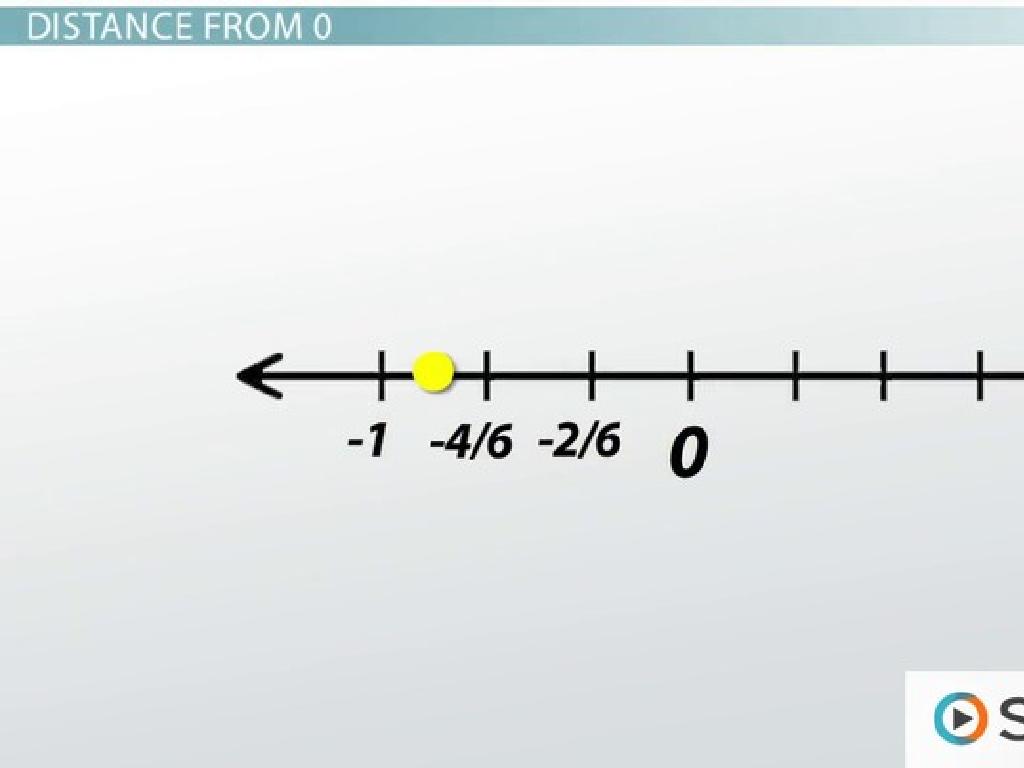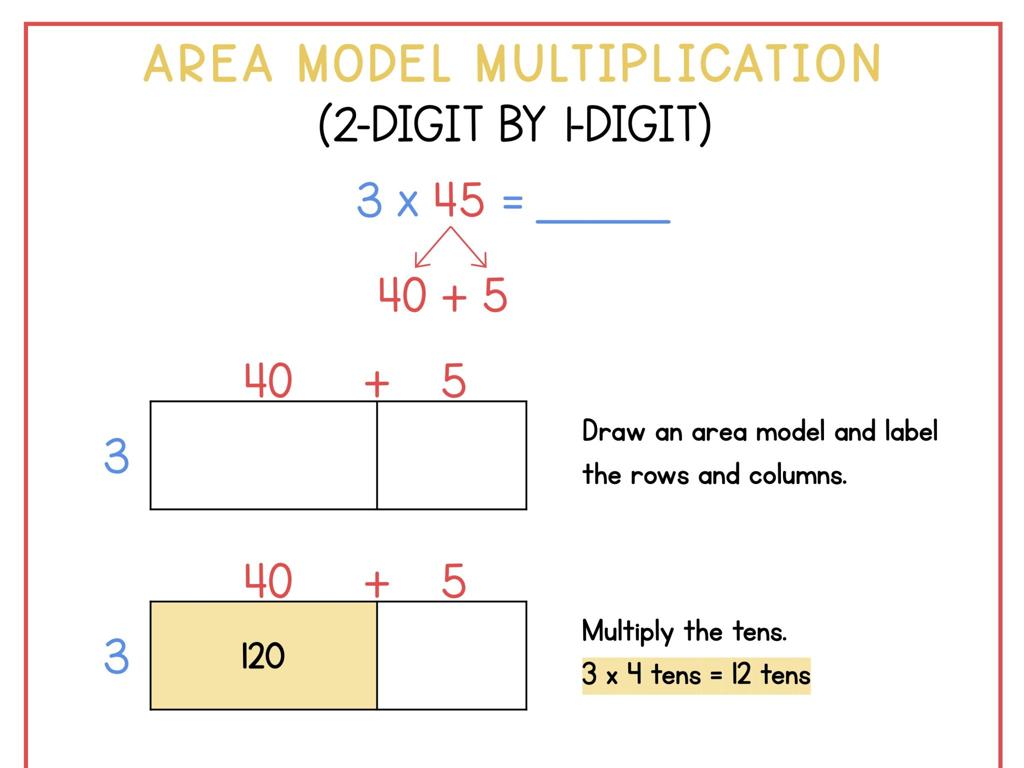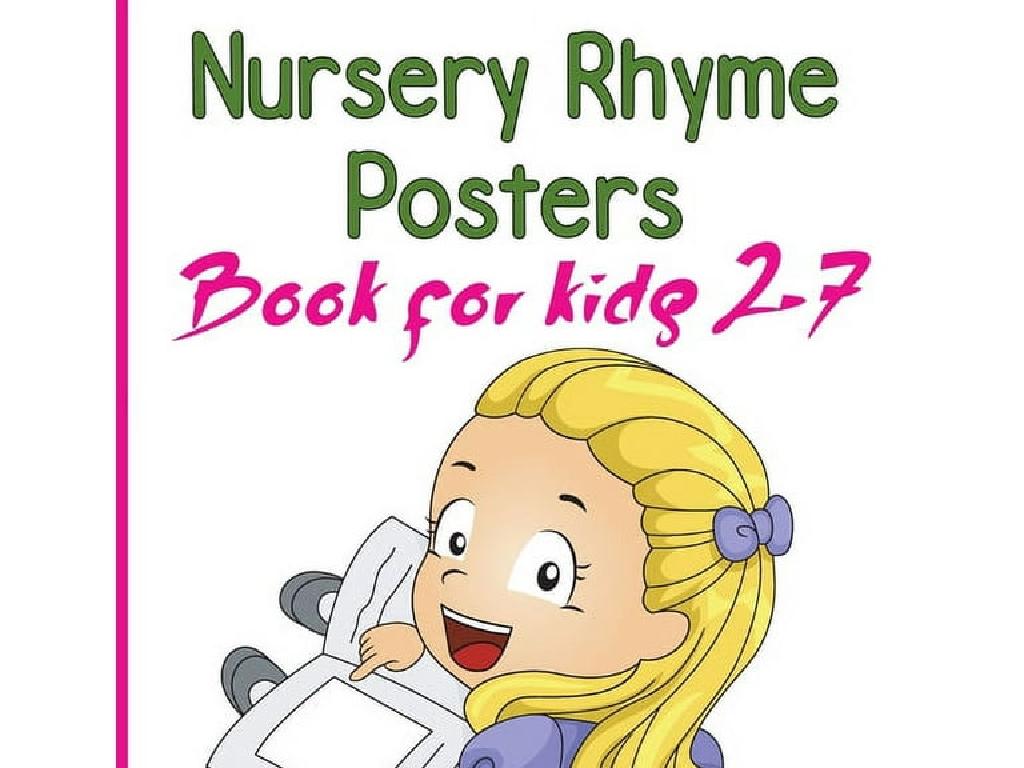Interpret Bar Graphs: Multi-Step Problems
Subject: Math
Grade: Fifth grade
Topic: Data And Graphs
Please LOG IN to download the presentation. Access is available to registered users only.
View More Content
Understanding Bar Graphs in Stories
– Storytelling with data
– Data tells a story: how many apples sold in a week.
– Bar graphs explained
– A visual representation of data using bars of different heights.
– Significance of bar graphs
– Bar graphs help us compare amounts easily.
– Interpreting complex data
– Learn to solve problems by reading information from bar graphs.
|
This slide introduces students to the concept of bar graphs within the context of storytelling with data. Begin by explaining how data can narrate a story, such as tracking the number of apples sold at a market over a week. Clarify what bar graphs are and how they use bars to represent data visually, making it easier to understand and compare. Emphasize the importance of bar graphs in making complex data more accessible and discuss how they are crucial for interpreting and solving multi-step problems. Encourage students to think of questions that bar graphs can help answer, such as determining the busiest day at the market. The goal is to build a foundation for students to use bar graphs as a tool for data interpretation in real-life scenarios.
Understanding Bar Graphs
– What is a bar graph?
– A visual tool for comparing data using bars
– Key components of a bar graph
– Includes title, axis, scales, and bars
– Comparing categories with bar graphs
– See which category is highest or lowest at a glance
– Interpreting data from bar graphs
– Use the graph to answer questions about the data
|
This slide introduces students to the concept of bar graphs as a means of representing data visually. Emphasize the importance of each component: the title provides an overview of the data being represented; the axis (x-axis and y-axis) labels the categories and the scale of measurement; scales help quantify the data; and the bars represent the data itself. Explain that bar graphs are useful for comparing different categories, making it easy to see which ones have higher or lower values. Encourage students to practice interpreting data from bar graphs by asking questions like ‘Which category has the most/least?’ and ‘How much greater is one category than another?’ This foundational understanding will help them tackle multi-step problems involving bar graphs.
Interpreting Bar Graphs: Step-by-Step
– Understand the bar graph scale
– The scale shows the value each bar represents
– Identify categories and values
– Each bar stands for a category and its height shows value
– Compare data across bars
– Look at the height of bars to compare different data points
– Practice with multi-step problems
– Use these skills to solve complex problems involving bar graphs
|
This slide is aimed at teaching students how to interpret bar graphs by understanding the scale, identifying categories and their corresponding values, and comparing data between different bars. Start by explaining the scale and how it helps determine the value of each bar. Then, move on to identifying the categories represented on the x-axis and the values indicated by the height of the bars. Encourage students to compare the data by looking at the height of different bars to draw conclusions. Finally, present multi-step problems that require the use of these skills to solve, ensuring to provide examples that are relevant and engaging for fifth graders.
Interpreting Bar Graphs: Multi-Step Problems
– Comprehend data representation
– Understand what each bar and axis represents
– Make inferences from the graph
– Use the graph to draw conclusions beyond the data
– Answer questions using the graph
– Use information from the graph to answer complex questions
– Solve multi-step problems
– Apply multiple skills to find solutions based on the graph data
|
This slide aims to teach students how to interpret information from bar graphs and use it to solve multi-step problems. Start by explaining how to read the graph, including understanding the x-axis and y-axis, and what each bar represents in terms of data. Then, guide students on making logical inferences from the graph, which involves drawing conclusions that are not directly stated but can be deduced from the information provided. Next, demonstrate how to answer questions that require using the graph, which may involve comparing data, identifying trends, or calculating differences. Finally, introduce multi-step problems that require a combination of these skills, ensuring students understand how to approach complex questions methodically. Encourage students to practice with example problems and provide guidance as needed.
Interpreting Bar Graphs: Multi-Step Problems
– Break down complex questions
– Understand each part of the question before solving
– Solve problems step-by-step
– Follow a methodical approach to find the solution
– Example: Two-part graph question
– Use a bar graph to answer a question with two different parts
– Practice with class activity
– We’ll solve a multi-step problem together as a class
|
This slide introduces students to the concept of tackling multi-step problems using bar graphs. Start by explaining how to break down complex questions into manageable parts. Emphasize the importance of understanding each component of the question before attempting to solve it. Demonstrate a step-by-step approach to problem-solving, using a specific example of a two-part question that requires information from a bar graph. Conclude with a class activity where students apply these strategies to solve a multi-step problem, encouraging collaboration and discussion. Provide guidance and support as needed, and ensure that students are comfortable with each step before moving on to the next.
Let’s Practice: Creating Bar Graphs
– Collect data together as a class
– Decide on categories for our data
– Draw your own bar graphs
– Use the data to make a bar graph on graph paper
– Share your graphs with the class
– Explain your graph to your classmates
|
This class activity is designed to provide hands-on experience with bar graphs. Start by engaging the whole class in a discussion to decide what kind of data you want to collect and what categories you will use. This could be favorite fruits, sports, or books. Once the data is collected, guide the students through the process of drawing a bar graph on graph paper, ensuring they label the axes and scale appropriately. Encourage creativity in their representation but also stress the importance of accuracy. After completing their graphs, have students present their work to the class, explaining the data they collected and how they chose to represent it. This will reinforce their understanding of bar graphs and how they are used to visually communicate data.
Solving Real-World Problems with Bar Graphs
– Apply knowledge to real-world issues
– Example: Plan a party with a bar graph
– Use a bar graph to allocate funds for food, decorations, and activities.
– Discuss bar graph uses in daily life
– Bar graphs organize data visually, making it easier to compare and make decisions.
– Critical thinking with bar graphs
|
This slide aims to show students how the math skills they learn in class can be applied to solve problems they might encounter in everyday life. By using the example of planning a class party budget, students can see how a bar graph can help them allocate their resources effectively. Discuss with the class other daily life scenarios where bar graphs are useful, such as understanding sports statistics, comparing prices, or analyzing survey results. Encourage students to think critically about how visual representations of data can simplify complex information and aid in decision-making.
Bar Graph Challenge: Multi-Step Problem Solving
– Work in groups on bar graph problems
– Interpret complex bar graphs together
– Discuss and solve multi-step problems
– Look for patterns, compare quantities, and use addition or subtraction
– Present findings to the class
– Explain how you solved the problems using the graph
|
This class activity is designed to foster collaborative problem-solving skills and deepen students’ understanding of bar graphs. Divide the class into small groups and provide each with a complex bar graph depicting multi-step problems. Encourage students to discuss the graph, identify patterns, and use mathematical operations to solve the problems. Each group will then present their solutions and thought process to the class, explaining how they used the graph to arrive at their answers. This activity will help students practice interpreting data, performing calculations based on that data, and communicating their reasoning effectively. Possible activities could include comparing sales figures, analyzing survey results, or calculating average temperatures over a week.
Review and Reflect: Bar Graphs
– Recap on bar graph learning
– Bar graphs compare data visually.
– Understanding bar graph utility
– They help us make quick comparisons.
– Applying bar graph knowledge
– Use in math problems or real-life scenarios.
– Reflect on today’s lesson
|
Today’s lesson focused on interpreting bar graphs and solving multi-step problems. We learned how bar graphs provide a visual representation of data, making it easier to compare and contrast different quantities. Students should understand that bar graphs are useful tools in various fields, including science, business, and even sports, to analyze and present data clearly. Encourage them to think about how they can apply this knowledge in real-world situations, such as comparing test scores, survey results, or sports statistics. Reflect on the lesson by discussing what was challenging and what strategies helped in understanding the concepts.
Homework: Mastering Bar Graphs
– Complete the bar graph worksheet
– Practice multi-step problem-solving
– Use the worksheet to interpret data and solve problems that require more than one step.
– Think of questions for next class
– Write down any difficulties you encounter with the homework.
– Review your answers carefully
– Double-check your work to ensure understanding.
|
This homework assignment is designed to reinforce the day’s lesson on interpreting bar graphs and solving multi-step problems. The worksheet provided will have a series of bar graphs with accompanying questions that require students to interpret the data and solve problems that may involve addition, subtraction, or comparison of data sets. Encourage students to take their time with each problem and to write down any questions they have as they work through the worksheet. These questions will be addressed in the next class to clarify any misunderstandings. Remind students to review their answers to ensure they understand the steps they took to arrive at their solutions.






